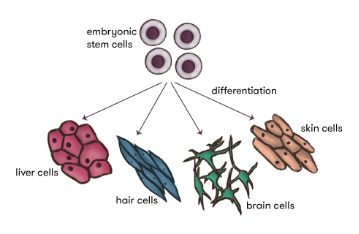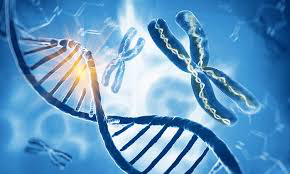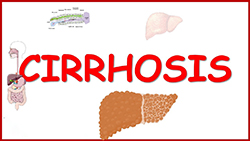Epigenetics (literally means "above genetics") is the study of modifications caused by changes in gene expression rather than changes in the genetic code. Epigenetic modifications include DNA methylation, phosphorylation, acetylation, SUMOylation, ubiquitination, citrullination, ribosylation, and histone modification. Epigeneti
Genetics plays an important role in maintaining health, and epigenetics also plays an important role in controlling genetic traits. Epigenetics includes the environment and behaviors that may affect gene function. Epigenetic modifications are reversible. Unlike genetic changes, they do not produce any mutations in the DNA sequence, but these changes may change the way the human body reads the DNA sequence. Epigenetic modification can change gene expression (synthesize protein according to the instructions in the genetic code).
Epigenetic modification controls traits by "turning on" or "turning off" genes, which means that epigenetics can up-regulate or down-regulate gene expression. Human behavior and environment affect epigenetic modification, and there is a very interesting connection between genes and environment. Epigenetic modification begins before you are born.
Have you ever thought that all your cells have the same genetic makeup, but different cell behaviors and appearances are different? How does gene expression change in different cells? The answer to this question lies in epigenetic modification, which means that these changes determine whether the cell is a skin cell, a heart cell, or a nerve cell. For example, human nerve cells and brain cells have the same genetic information, but muscle cells contribute to the movement and stability of the human body, while nerve cells transmit information from one part of the body to another because of epigenetics Learn to "turn on" or "turn off" genes responsible for specific cell functions.
Cell differentiation and cell function depend on epigenetic modifications in the human body. Gene expression patterns characterize cell differentiation that is established during development and remains intact during mitosis. Therefore, it can be said that cells also inherit the epigenetic modification information with genetic information. Cellular processes such as transcription and translation are also related to epigenetic changes. For example, DNA methylation covers the promoter sequence of a gene, so that transcription factors cannot bind and cannot produce mRNA, thereby changing the function of the cell.
Epigenetic changes can also produce different splicing forms of RNA, and offspring cells will inherit the same RNA splicing information, and the original signal has disappeared. It is obvious from various studies that any changes caused by epigenetic modifications will be inherited in several generations. Therefore, it can be clearly stated that epigenetic changes play a vital role in controlling genetic traits, and these changes can be p




